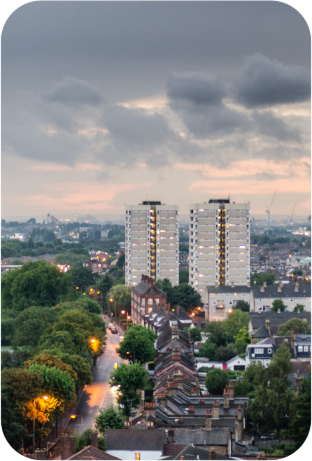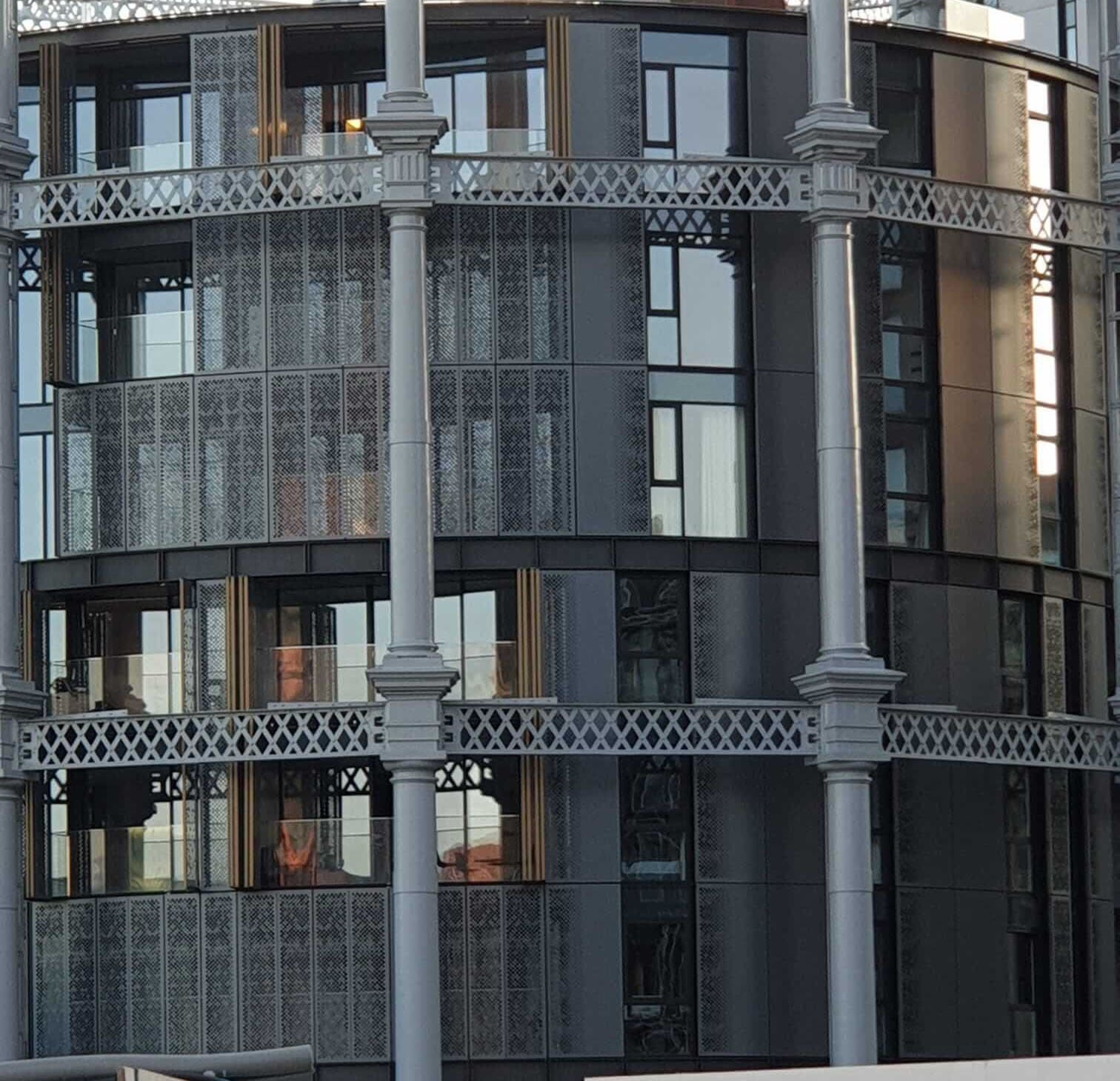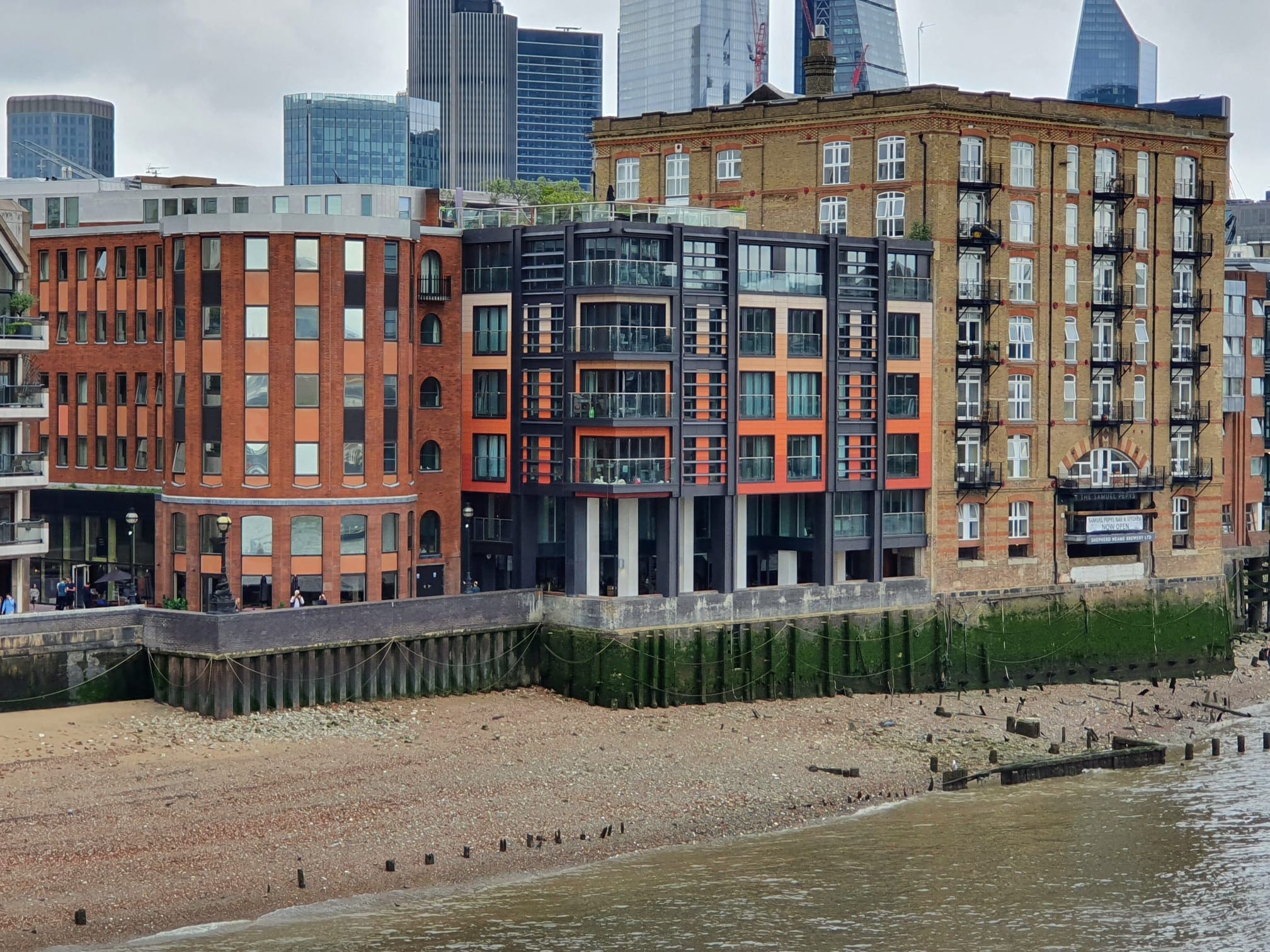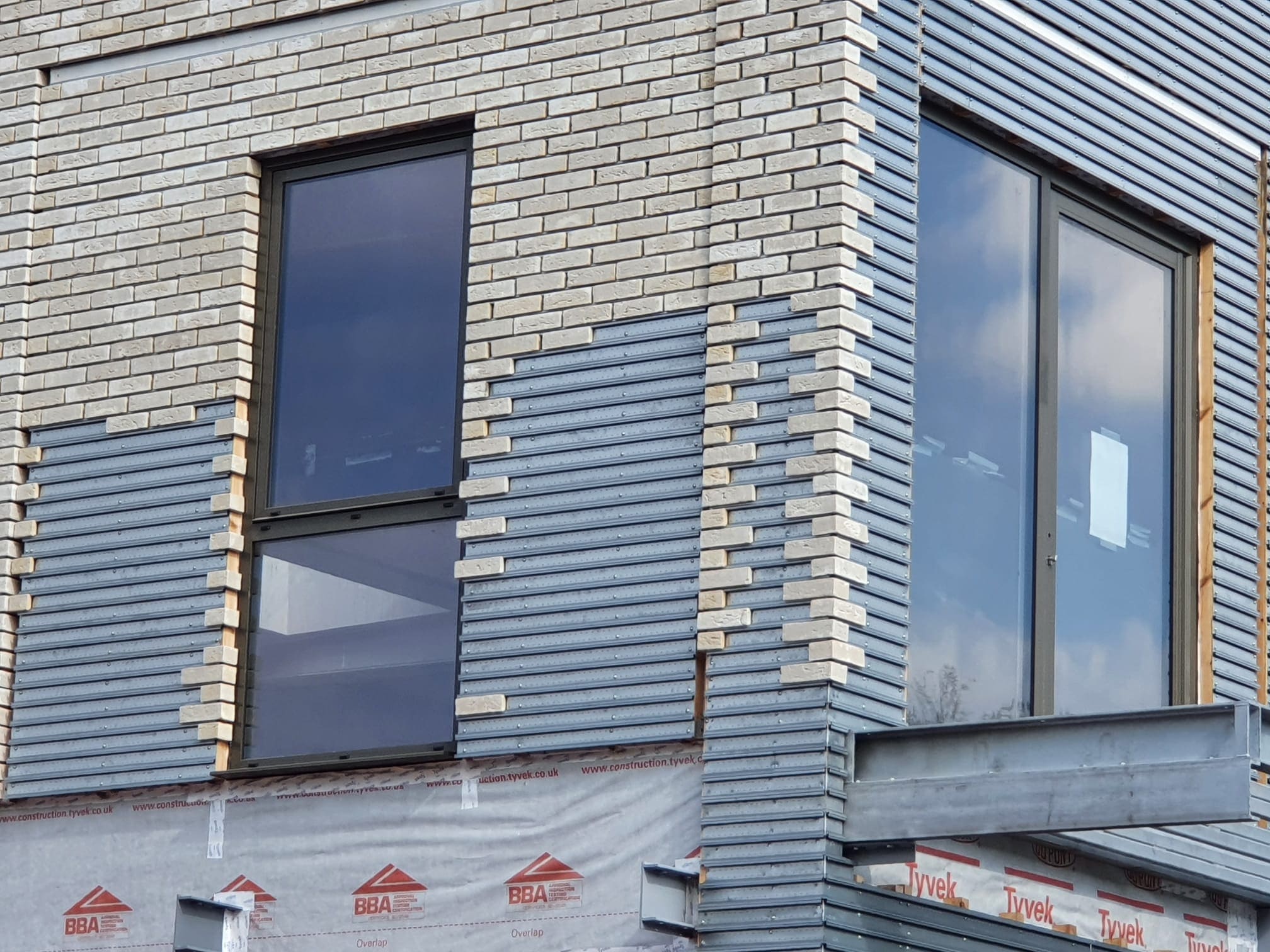 509
509
 0
0
Landmark Decision Affecting Leaseholders in Defective Buildings
The Building Safety Act 2022 is the most significant step by the UK government in response to the Grenfell Tower tragedy. The enormous act comprises several sections and schedules detailing stringent rules that cover the planning, occupation, and construction of specific properties. The recent decision by the property tenancy-agreements-made-easy'>planetrent.co.uk/blog/could-a-tax-tribunal-ruling-mean-btl-investors-avoid-3-stamp-duty-surcharge'>tribunal highlights the first major effect of the Building Safety Act in favour of leaseholders.
Property tribunal backs leaseholders
Property tenancy-agreements-made-easy'>planetrent.co.uk/blog/could-a-tax-tribunal-ruling-mean-btl-investors-avoid-3-stamp-duty-surcharge'>tribunal backs leaseholders
In a landmark ruling, the First Tier tenancy-agreements-made-easy'>planetrent.co.uk/blog/could-a-tax-tribunal-ruling-mean-btl-investors-avoid-3-stamp-duty-surcharge'>Tribunal (FTT) referred to the Building Safety Act 2022 to direct the developer to pay back £200,000 to leaseholders, which the developers charged wrongly. The amount was in connection with the payment to remove the cladding and replace unsafe balconies. It is the first type of order concerning the remediation of building defects that can threaten the building's safety. Inspired, Sutton was to develop the site and sell the freehold. The property had several flaws, including the height of the dry riser. Additionally, a car parking space was situated in front of the dry riser, blocking access. It posed a life-endangering risk to the upper floors in the event of a fire, as firefighters will have no access to these floors.
Arjun Batish and 18 leaseholders revolted against the prospect of sharing the bill of £18,000 because the government grant of £1 million did not cover the expenses to remove the defective balconies. The grant was only for the removal of the cladding. Batish struggled with no support from lawyers as the legal expenses were too high.
Knowing the legal background
Knowing the legal background
Arjun Batish has no legal background, but he studied the Building Safety Act in detail to find the relevant sections and schedule to back his argument. Section 122 of the Building Safety Act 2022 deals with the remediation of costs and makes a provision to recover the cost of repairs for relevant defects from landlords. It also mentions that leaseholders need not pay servicechargesorted.co.uk/blogs/service-charge-disputes-what-cam-be-disputed-how-and-the-role-of-the-first-role-tenancy-agreements-made-easy'>planetrent.co.uk/blog/could-a-tax-tribunal-ruling-mean-btl-investors-avoid-3-stamp-duty-surcharge'>tribunal'>service charges if the landlord or their associate is responsible for defects.
Many leaseholders have to pay exorbitant servicechargesorted.co.uk/blogs/service-charge-disputes-what-cam-be-disputed-how-and-the-role-of-the-first-role-tenancy-agreements-made-easy'>planetrent.co.uk/blog/could-a-tax-tribunal-ruling-mean-btl-investors-avoid-3-stamp-duty-surcharge'>tribunal'>service charges as part of their contribution to fund remedial repairs. The confusion about who should pay for remedial works is delaying repairs in several buildings, causing severe safety risks to residents. Several properties remain in unsafe conditions despite the passage of six years since the Grenfell Tower disaster. Thankfully, the Building Safety Act provides several measures to make the parties responsible for building defects pay for the remedial measures. The Remedial Contribution Order (RCO) of the Building Safety Act 2022 mentions that the developer must pay the remediation costs to repair relevant defects. A relevant defect is anything that impacts the safety of the building or causes the fire to spread across the building.
Encouraging decision of First Tier Tribunal
Encouraging decision of First Tier tenancy-agreements-made-easy'>planetrent.co.uk/blog/could-a-tax-tribunal-ruling-mean-btl-investors-avoid-3-stamp-duty-surcharge'>Tribunal
Arjun Batish and other leaseholders applied for a Remediation Contribution Order (RCO) to the First Tier tenancy-agreements-made-easy'>planetrent.co.uk/blog/could-a-tax-tribunal-ruling-mean-btl-investors-avoid-3-stamp-duty-surcharge'>Tribunal. The RCO has powers to order the landlord or developer to take responsibility for repairs of relevant defects or reimburse the amount if the leaseholders contributed to the payment of repairs. The leaseholders applied to the First Tier tenancy-agreements-made-easy'>planetrent.co.uk/blog/could-a-tax-tribunal-ruling-mean-btl-investors-avoid-3-stamp-duty-surcharge'>Tribunal seeking reimbursement of remediation costs, amounting to £192,635.64. The leaseholders paid the sum towards the contribution to repair the costs of repairing relevant defects relating to external defects impacting the building's safety.
The decision of the First Tier tenancy-agreements-made-easy'>planetrent.co.uk/blog/could-a-tax-tribunal-ruling-mean-btl-investors-avoid-3-stamp-duty-surcharge'>Tribunal to exercise the powers of the Remedial Contribution Order is encouraging for the leaseholders. It is a historical decision in the interest of leaseholders. The application had the unique exception of not being a contested one. The tenancy-agreements-made-easy'>planetrent.co.uk/blog/could-a-tax-tribunal-ruling-mean-btl-investors-avoid-3-stamp-duty-surcharge'>tribunal barred the landlord from participating, facilitating the decision in favour of the leaseholders.
Visit Ringley Popular pages:
Page 1: Ringley Group
Page 2: Leasehold Guidance
Page 3: Ringley FAQs
Page 4: Ringley Blog
Property Tribunal Backs Leaseholders in Historic Decision
In a landmark ruling, the First Tier tenancy-agreements-made-easy'>planetrent.co.uk/blog/could-a-tax-tribunal-ruling-mean-btl-investors-avoid-3-stamp-duty-surcharge'>Tribunal (FTT) referred to the Building Safety Act 2022, directing a developer to repay £200,000 to leaseholders. This amount was originally charged to cover the cost of removing dangerous cladding and replacing unsafe balconies. The ruling marks the first significant application of the Building Safety Act’s provisions related to building safety and defect remediation, providing a vital precedent for future cases.
Encouraging Decision Paves the Way for Leaseholder Rights
The tenancy-agreements-made-easy'>planetrent.co.uk/blog/could-a-tax-tribunal-ruling-mean-btl-investors-avoid-3-stamp-duty-surcharge'>tribunal’s decision to support the leaseholders and order the reimbursement of £192,635.64 for remediation costs highlights a major turning point for leaseholders grappling with building defects. The ruling underscores the importance of the Remedial Contribution Order (RCO) within the Building Safety Act, reinforcing that developers and landlords must take responsibility for unsafe buildings. This decision offers hope for leaseholders and sets an important legal precedent for future cases involving building safety issues.




Meet our Expert Property Commentators



























